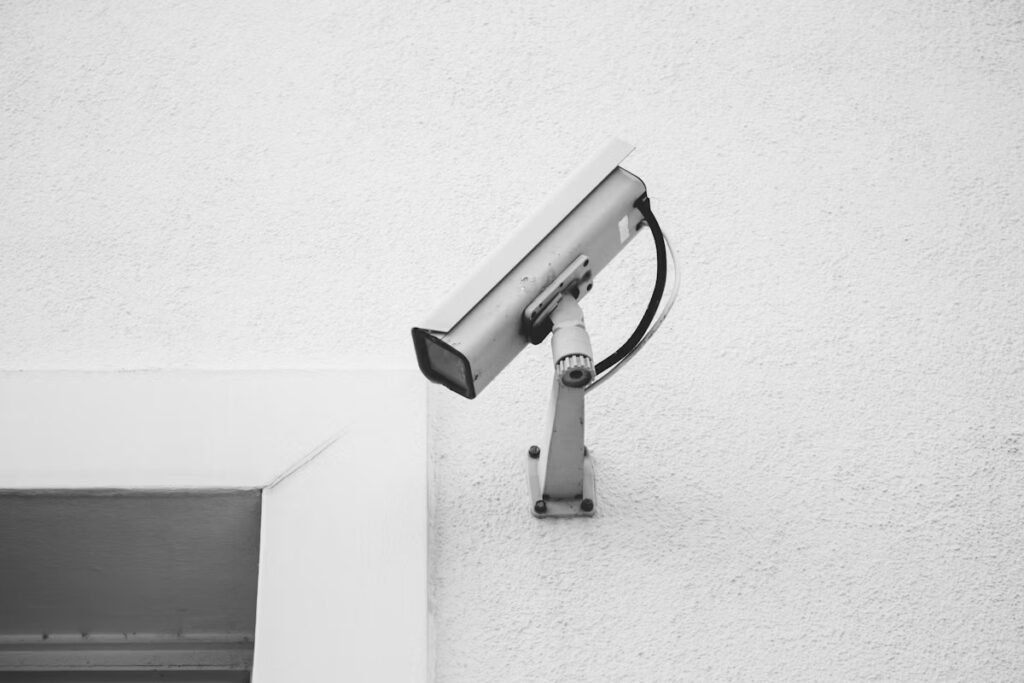Imagine you’re about to browse a darknet marketplace or download a privacy tool — and it proudly sports a “certification” badge claiming top-tier anonymity. It looks official, right? But what if it’s just smoke and mirrors designed to lure you into a trap?
In the sprawling, opaque world of the darknet, trust is a rare currency. Fake privacy certifications can make or break your security, potentially exposing your identity, compromising encrypted data, or leading you down the path to scams or surveillance. But spotting a counterfeit certification isn’t always obvious, especially if you’re new to this labyrinth.
This guide aims to sharpen your radar for fake darknet privacy seals — so you stop scams before they start and safeguard your anonymity like a pro.
In This Article
Why Darknet Privacy Certifications Matter
In the darker corners of the internet, privacy and security are often more than conveniences — they’re necessities. Darknet services that claim to offer privacy build their reputation on trust, which is why some carry certifications promising secure VPNs, encryption audits, or anonymity guarantees.
These certifications sometimes come from community organizations, independent auditors, or even software developers themselves. When genuine, they provide a trust anchor — a baseline that users can rely on to select the right tools or platforms without getting burned.
Yet, without central oversight, these “certifications” can be easily faked or misrepresented. New users can fall victim to fake seals, inadvertently sharing identifying data or paying for services that don’t deliver on privacy promises.
Common Tactics Behind Fake Certifications
Fake darknet certifications often rely on psychological and technical trickery to appear convincing. The most frequent tactics include:
- Imitating well-known logos or seals: Using familiar symbols from reputable privacy groups or communities to create a false sense of legitimacy.
- Fabricating audit reports: Posting bogus or outdated “security audits” with no source or independent verification.
- Overusing buzzwords: Words like “military-grade encryption,” “zero-knowledge,” or “anonymous by design” thrown around without real technical backing.
- Using unverifiable credentials: Claiming endorsements from “independent” testers who only exist within the service’s own ecosystem.
- Manipulating URL addresses: Linking to fake or compromised mirrors with similar domain names that appear authentic at a glance.
Many of these techniques prey on a user’s unfamiliarity with privacy tech details or eagerness to trust a service that looks professional.
Key Signs to Spot a Fake Certification
Spotting a fake darknet privacy certification involves a sharp eye for detail and some skepticism. Here are the red flags you should watch for carefully:
1. Lack of Transparent Source or Documentation
Legitimate certifications are backed by verifiable audits or detailed documentation. If you can’t find credible or independent proof of how the privacy standards were assessed, it’s a warning.
2. No Track Record or Traceable History
Many solid privacy projects maintain archives of their certifications over time, including validation methods or signed cryptographic documents. A sudden certification with no history, or one that appears only on a single platform, should raise questions.
3. Generic or Vague Language
If a certification talks vaguely about “strong privacy” without technical specifics — like the encryption protocols used, logging policies, or third-party reviewers — it’s likely a marketing gimmick.
4. Inconsistent or Suspicious Visual Design
Fake badges might have poor resolution, inconsistent colors, misspellings, or formatting that doesn’t match legitimate certificates from well-known privacy groups. Look carefully at logos and trust marks.
5. Overemphasis on Marketing Instead of Security
Sometimes a service will boast a “privacy certification” more prominently than its own transparency about policies, software code, or data handling. This mismatch often signals smoke and mirrors.
6. Certificates Not Cryptographically Signed
In professional privacy circles, certifications often come with cryptographic signatures or GPG-signed attestations you can verify independently. Absence of this critical step is a red flag.
7. Certification Only Displays on the Website, Not Elsewhere
Authentic privacy certifications are often discussed or referenced beyond the service’s homepage — in forums, GitHub repositories, or independent privacy blogs. Sole presence on the vendor’s site might hint at manipulation.
Always cross-reference certifications by searching darknet forums or reputable privacy blogs like How to Stay Anonymous on the Darknet in 2025. If it’s legitimate, there’s almost always discussion or user reviews.
Real Examples from Darknet Services
Over the past few years, several cases have highlighted the prevalence of fake certifications. Let’s look at some illustrative examples:
- Phony VPN Endorsements: Some darknet-facing VPNs claimed “No logs, Verified by Privacy Labs” — yet independent community audits found evidence of weak encryption and incomplete logging policies. The “Privacy Labs” name was an untraceable pseudonym with no online footprint.
- Faked Encryption Audit Certificates: A darknet marketplace flaunted a “military-grade encryption certification” with a stamped PDF supposedly signed by a security firm. Closer examination showed the firm’s name was registered just weeks before the audit, the PDF was digitally unsigned, and similar certificates were found on competing scam sites.
- Misleading “Certified Anonymous” Badges: Some hidden services use generic badges that look like official seals — similar to ISO-style certifications — but these badges lead nowhere outside their web pages and lack any outside validation of their claims.
Such examples underscore the need for critical evaluation rather than blind trust.
Tools and Methods to Verify Certifications
Verifying darknet privacy certifications often requires a blend of manual investigation and technical techniques. Here’s your toolkit:
1. Utilize Public Cryptographic Verification
If the certification involves a signature, use tools like GPG to confirm its authenticity. Genuine certificates will include public keys or fingerprints linked to known auditors or organizations.
2. Audit Reports and Hash Checks
Many legitimate audits publish hashes of their reports or software binaries on public channels. You can verify file integrity through tools like SHA256 hashes and compare them to known good versions.
3. Cross-Check Community Forums and Repositories
Darknet communities on forums or encrypted channels often debate and vet privacy claims rigorously. Look for mentions of the certificate authority or audit in well-established communities before trusting it.
4. Technical Reverse Engineering
Advanced users can inspect the software or service codebases — when available — to confirm if claims like “zero logs” or “encrypted traffic” hold true. Open-source projects offer more verifiability than closed-source ones.
5. Confirm Web Domain and Hosting Validity
Check that the certification is not only on the vendor’s primary site but also on official mirrors or related repositories. Fake certificates often appear only on phishing or scam mirrors.
6. Use Blockchain-Based Transparency Tools
Some modern certifications use blockchain timestamping to prove document immutability. If the service claims blockchain verification, look for record hashes or transaction IDs you can independently verify on a trusted blockchain explorer.
Remember, verifying a privacy certification’s authenticity doesn’t guarantee the underlying service is safe. Certification is just one piece of the larger trust puzzle.
Best Practices to Avoid Falling for Fakes
Beyond spotting fake certifications, a proactive approach to darknet privacy keeps you safe:
- Rely on community-vetted resources: Always check privacy certifications against recommendations from trusted darknet user communities and privacy experts.
- Favor open-source tools and transparent projects: Open-source software invites scrutiny from independent auditors, making it harder for fake claims to persist.
- Stay skeptical of “too good to be true” claims: Military-grade guarantees or no-risk promises should always be questioned, especially if they’re not backed by verifiable audits.
- Use layered security: Employ multiple anonymity tools rather than relying solely on products with fancy certifications.
- Keep your knowledge fresh: The darknet and privacy landscape evolve rapidly. Regularly read updated guides like The Best VPNs for Tor in 2025 to understand current trends in privacy and fraud.
FAQ
Q: Can a fake certificate actually harm my anonymity?
A: Yes. Fake certifications often entice users to trust unsafe services that log data or sell information, leading to identity leaks or worse surveillance risks.
Q: Are all certifications on the darknet fake?
A: No. Some privacy-focused organizations and open-source projects provide legitimate audits and certificates. The challenge is identifying which ones are genuine.
Q: How often do darknet services update or renew certifications?
A: Legitimate projects usually renew audits periodically (every 6–12 months) and publicly release updated reports. Stale or never-updated certificates should prompt caution.
Q: Does “encrypted by default” always mean certified privacy?
A: Not necessarily. Encryption is important but isn’t the full privacy picture. Certification usually covers practices beyond just encryption, including metadata handling, code quality, and data logging policies.



